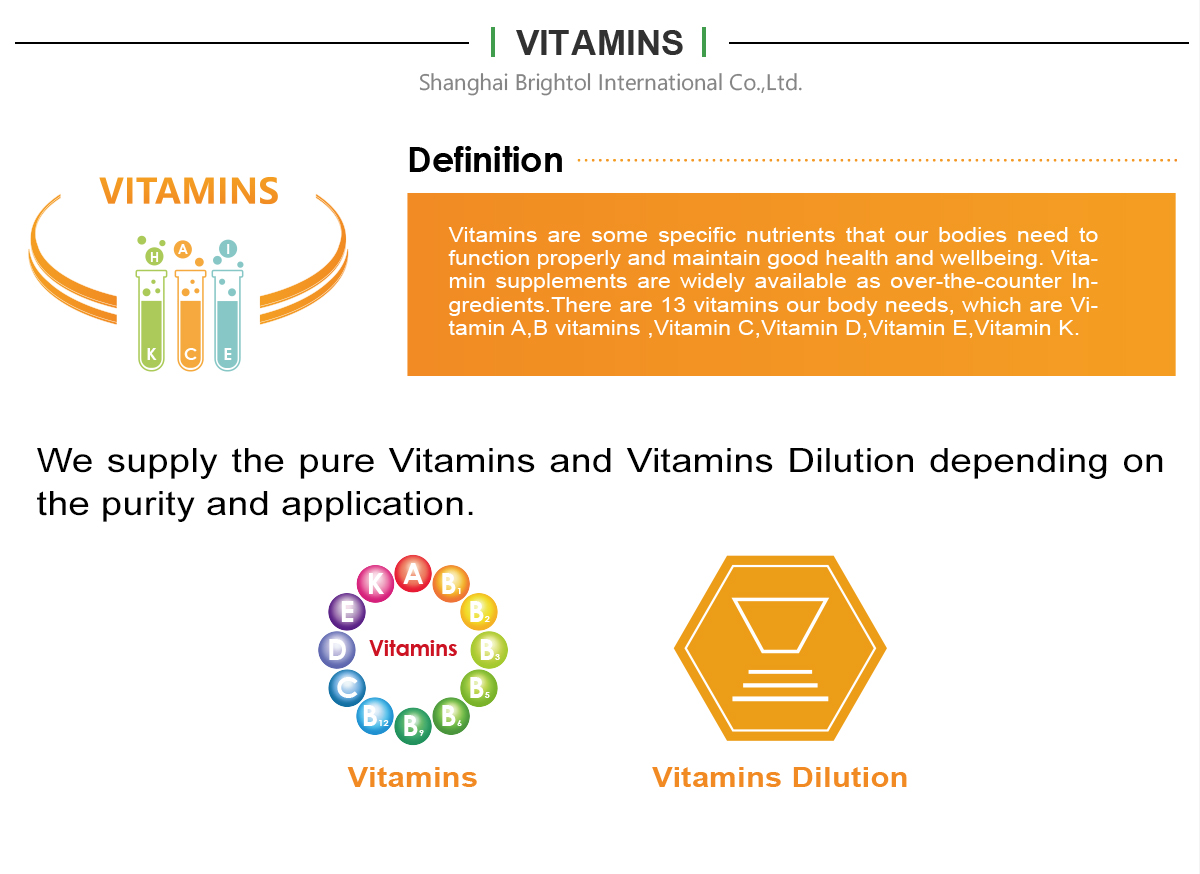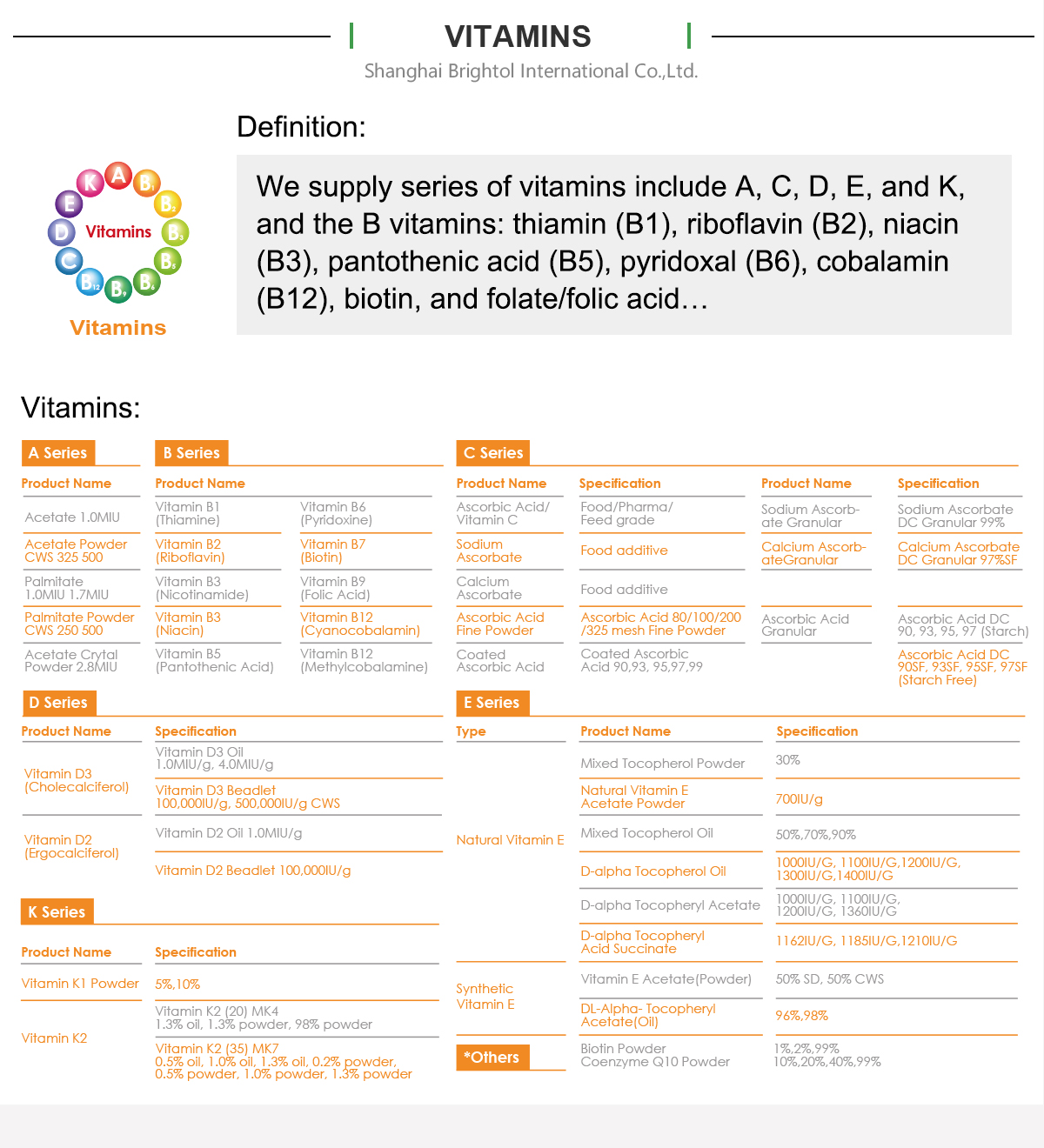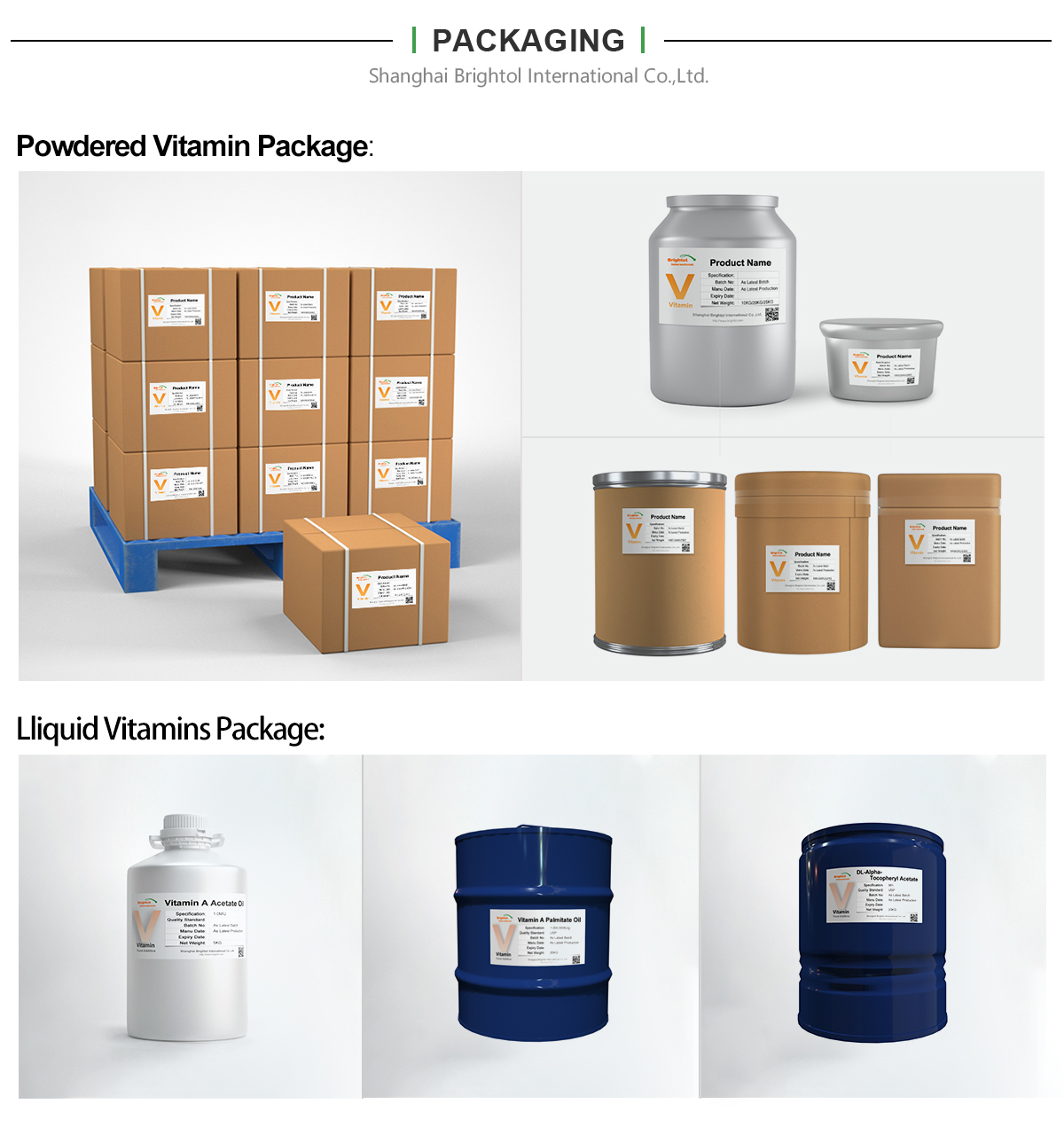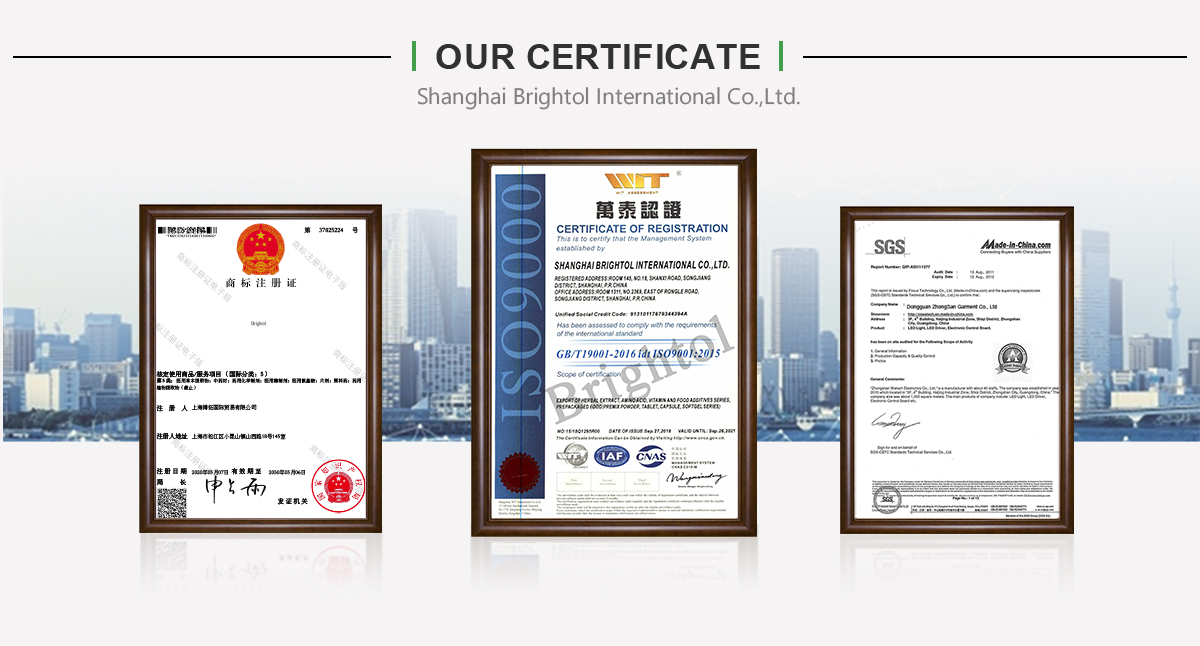

Introduction:
Tocotrienols are chemicals in the vitamin E family. Unlike other forms of vitamin E, tocotrienols are less commonly found in nature. Most of the food we eat contains tocopherols instead of tocotrienols, but several types of vegetable oils, like palm oil, contain high amounts of tocotrienols. Most vitamin E supplements contain tocopherols and not tocotrienols. Studies also suggest that tocotrienol is a more potent form of vitamin E than tocopherol. Research also tells us that tocotrienol has many health benefits.
Vitamin E is an essential nutrient that contains tocotrienols and tocopherols. Both tocotrienols and tocopherols have similar chemical structures. The difference between tocotrienols and tocopherols is that tocotrienols have double bonds. Tocotrienols are often found in natural sources such as annatto, palm, or rice brain oil......
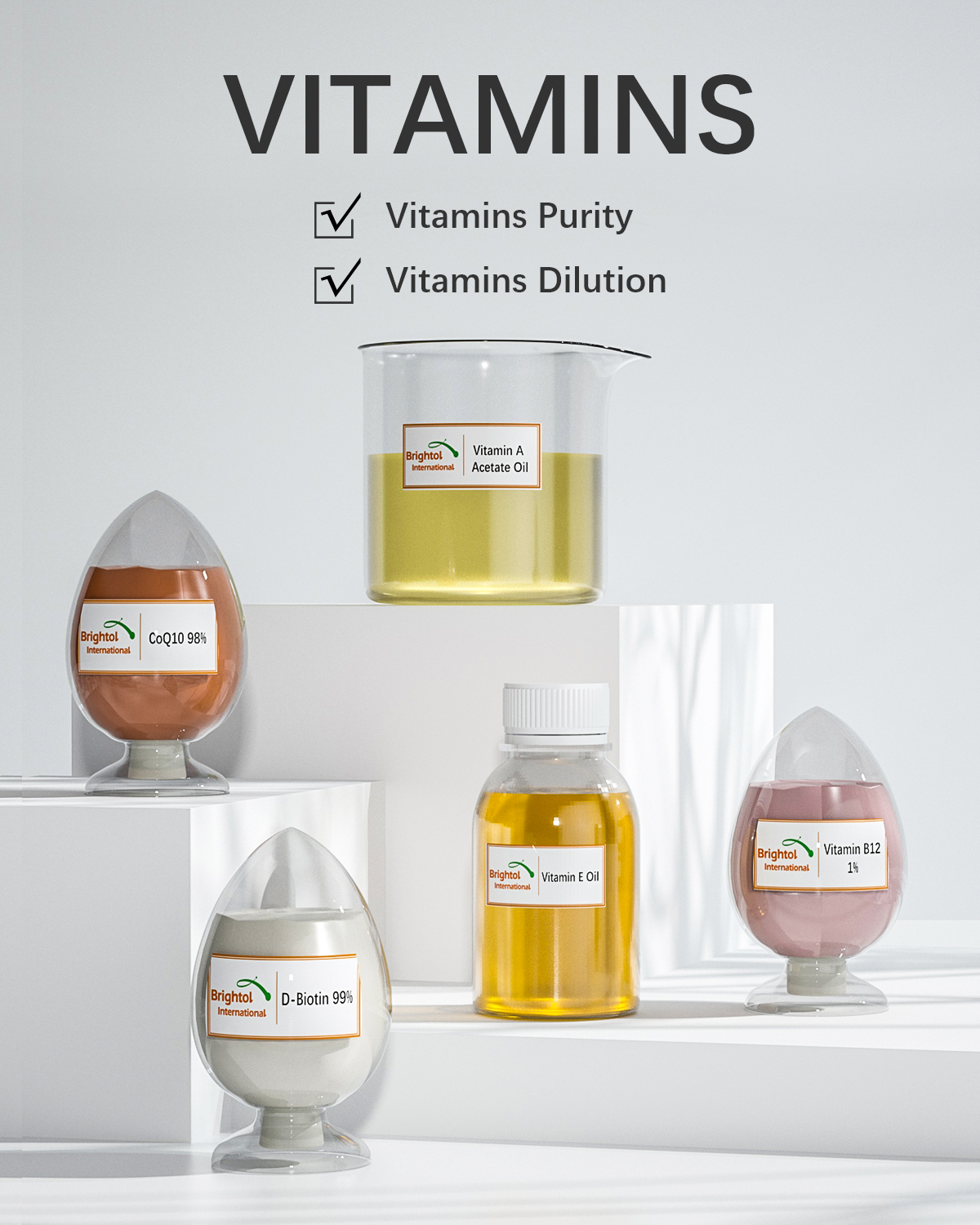
 Product Name: Tocotrienol 50%
Product Name: Tocotrienol 50%
Synonyms:Tocotrienol;D-γ2-methyl-2-[(3E,7E)-4,8,12-trimethyltrideca-3,7,11-trienyl]-3,4-dihydrochromen-6-ol
Molecular Formula: C26H38O2
Molecular Weight: 382.58
CAS No.: 6829-55-6
Introduction:
Tocotrienols are chemicals in the vitamin E family. Unlike other forms of vitamin E, tocotrienols are less commonly found in nature. Most of the food we eat contains tocopherols instead of tocotrienols, but several types of vegetable oils, like palm oil, contain high amounts of tocotrienols. Most vitamin E supplements contain tocopherols and not tocotrienols. Studies also suggest that tocotrienol is a more potent form of vitamin E than tocopherol. Research also tells us that tocotrienol has many health benefits.
Vitamin E is an essential nutrient that contains tocotrienols and tocopherols. Both tocotrienols and tocopherols have similar chemical structures. The difference between tocotrienols and tocopherols is that tocotrienols have double bonds. Tocotrienols are often found in natural sources such as annatto, palm, or rice brain oil.
People use tocotrienols for high cholesterol, scars, cancer, an inherited disorder called familial dysautonomia, a build-up of fat in the liver in people who drink little or no alcohol (nonalcoholic fatty liver disease or NAFLD), and many other conditions.
Uses:
1. Breast cancer.
2. Kidney damage in people with diabetes (diabetic nephropathy).
3. A rare, life-threatening, inherited disorder that affects the nervous system (familial dysautonomia).
4. Thick, raised scars (hypertrophic scars).
5. Health problems after menopause.
6. Stroke.
7. Aging.
8. Patchy hair loss (alopecia areata).
9. Alzheimer disease.
10. Long-term kidney disease (chronic kidney disease or CKD).
11. Wound healing.